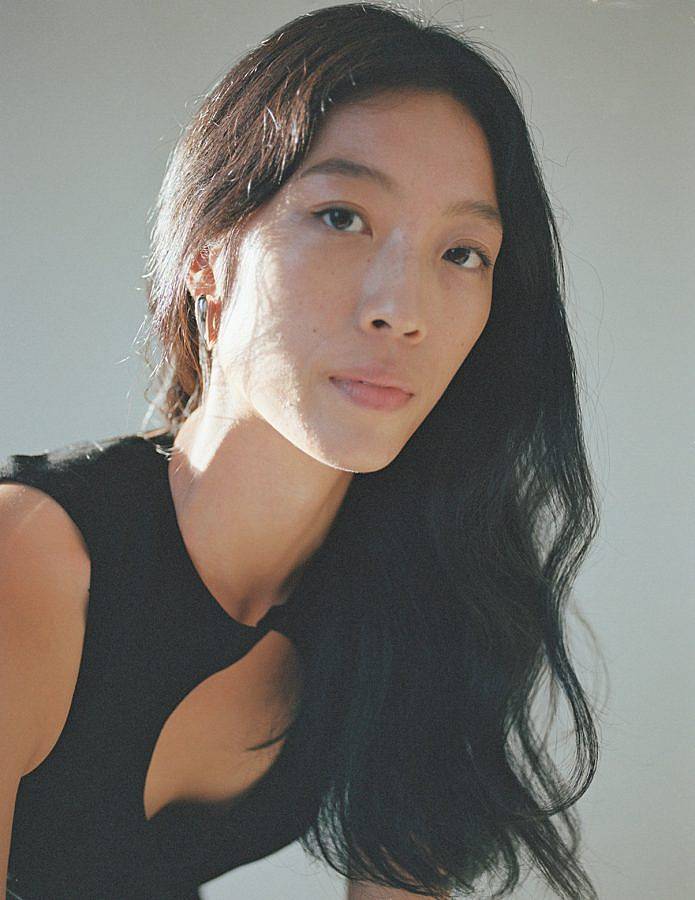Tell us a bit about yourself and what you do.
I’m a designer and researcher who is an Assistant Professor at Rutgers University in the Department of Art & Design and a Critic at Yale University for the MFA Graphic Design department. Most recently I’m revising internet history with the Cyberfeminism Index with Angeline Meitzler, writing about gathering in its social and material forms in “On Gathering”, and typographic-hacking language in a workshop called Multidimensional Link with Laura Coombs.

Can you describe the process of creating a database (or simply a website)?
Pushing a website online is an act of publishing. For the Cyberfeminism Index specifically, my collaborator Angeline Meitzler and I considered two primary questions: How do websites age? and How do we visualize citations? For a robust site like ours, we made design decisions that would ensure this website could live online for years to come. Many sites suffer from link rot, and I don’t think all websites should (or can) live online forever. But considering the lifespan of a website is an interesting prompt.
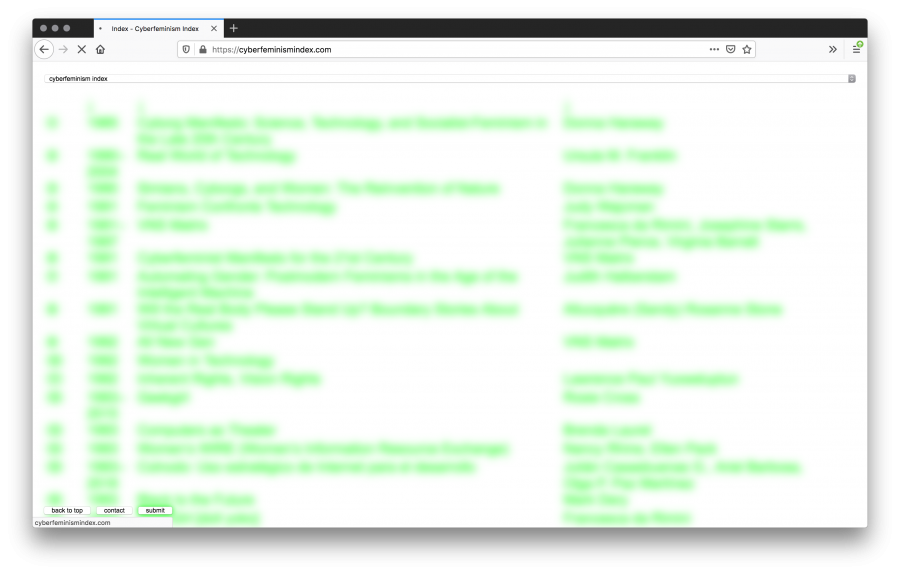
Describe Cyberfeminism and the Cyberfeminism Index.
Cyberfeminism has a nebulous history, described as “anti-genealogical, anti-authorial, and a hostile mucus, never faithful to any origins” by Virginia Barrett of VNS Matrix. This collective and the British cultural theorist Sadie Plant coined the term cyberfeminism in the early 1990s as a provocation—how could women and other marginalized communities rethink the utopic future of cyberspace?
Cyberfeminism Index attempts to aggregate its messy strands—from Glitch Feminism to Post-Cyber Feminism, hackfeministas to netfemis—in a permeable, malleable, anti-canon. The website was commissioned by Rhizome and co-presented at the New Museum. I also talk about it at length with Marie Hoejlund in this interview for the Walker Art Center’s Gradient. The printed book will be published in Fall 2022 by Inventory Press.
What does it mean for a site to be “in progress”? How do you define progress and process in relation to your work?
Websites are living documents. Even if the content is not updated, they grow as the browser updates and software evolves. I like that they can be treated with less preciousness, and that publishing online might mean you’re allowing others to glimpse this growth.
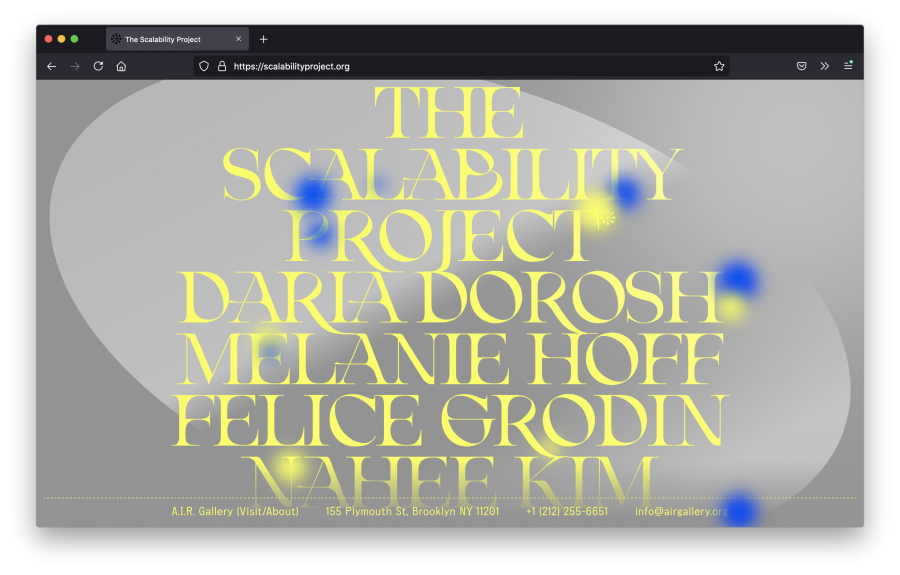
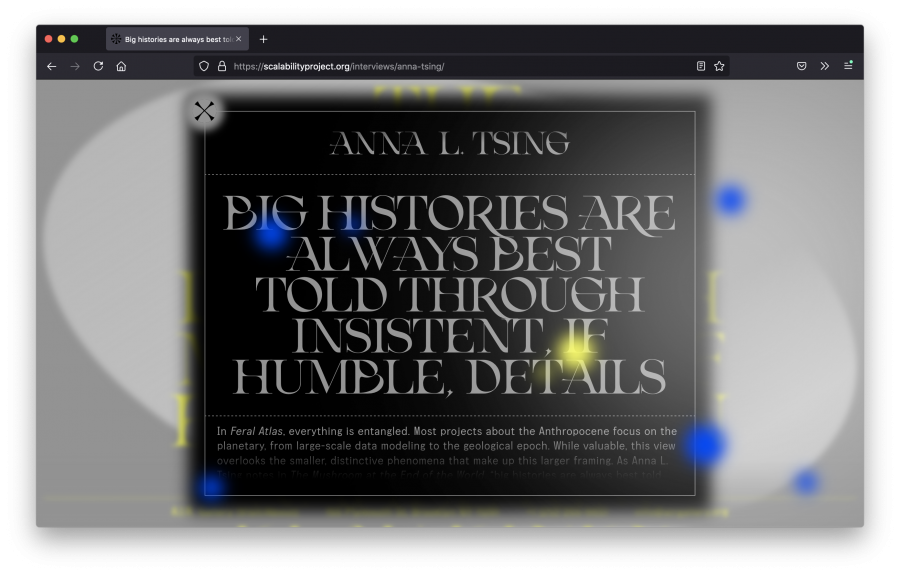
How does both the term and act of “gathering” disrupt the face-paced, turbulent, and often masculine perception of the internet and technology?
In Ursula K. Le Guin’s Carrier Bag Theory of Fiction, she posits that the first tool was the basket rather than the spear. This reshapes our history of technology as one of gathering and sharing rather than dominating. In a time where we are bombarded with information, there’s a thoughtfulness to gathering that might prompt us to slow down and ask what we are collecting and for whom.
How has your relationship to the intersection of design and social justice evolved over time?
Nothing is neutral. We reinforce the status quo and existing injustices, or we work to combat them. These questions of social justice, then, are so embodied—in our identities, the materials we use, the land we live on. To be apolitical is such a position of privilege.
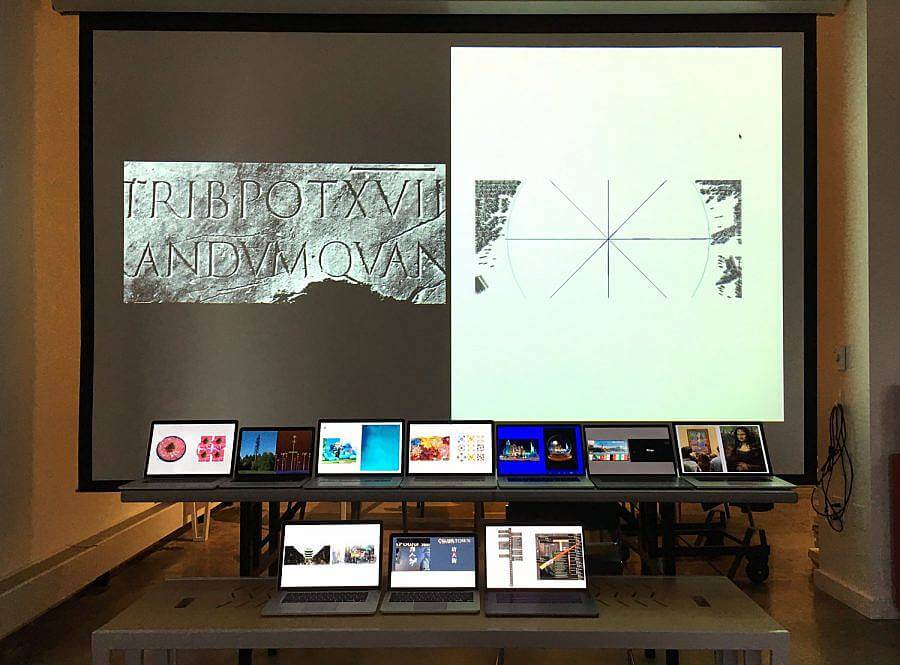
Can you share more about your essay, The Internet Exists on Planet Earth: Sky, Land, Water?
The internet might seem like an ephemeral cloud, but it’s quite physical as it is situated on the Earth. In this essay, I reflect on my experience at the largest digital human rights conference in the world called RightsCon in Tunisia. The title refers to a talk by Matthew Battles given during the conference. We both questioned why environmentalism was not a theme that was investigated during the 4-day event. The essay pulls back from the conference to then think about how the internet impacts the sky, land, and water through the materials it uses and the conditions of the people who excavate them. Soon, it will be published in a new publication for Source Type, curated by Geoff Han.
Are sites portals or containers?
Both! In the best websites, its disparate items come together to create a world. It holds the material and also transports you.
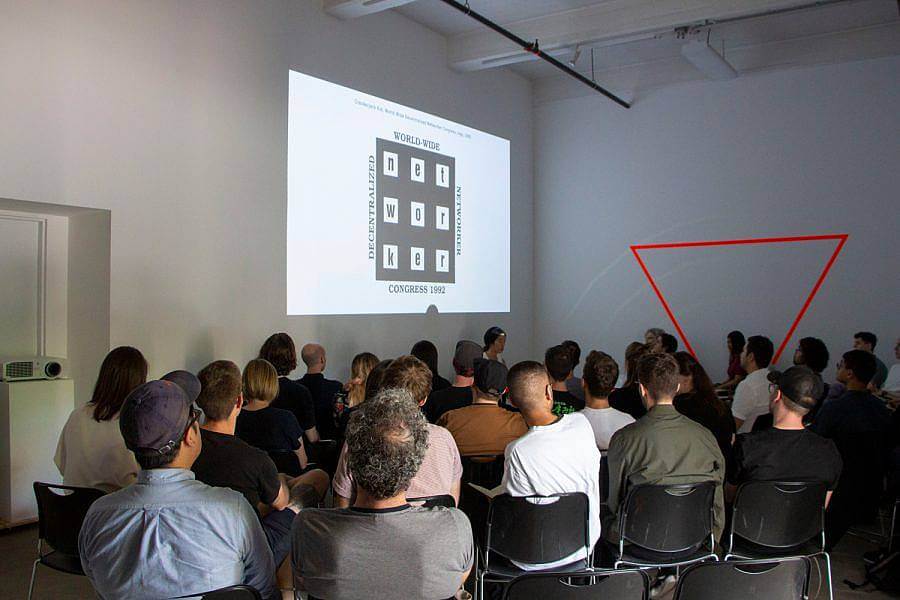
What have you been reading?
During the pandemic, I reread Is Racism an Environmental Thread? by Ghassan Hage. I was also in a small book club with Laura Coombs and Laurel Schwulst where we discussed adrienne maree brown’s Pleasure Activism and Emergent Strategy. As the Cyberfeminism Index project is ongoing, I’ve read so many texts about online activism, and I would recommend Race After the Internet by Lisa Nakamura. And I always like to have a poetry book on hand; right now it’s Forugh Farrokhzad’s Sin.
Interview composed and edited by Ruby Jeune Tresch and Joan Roach.
